Vietnamese tea
Discover the diverse and captivating journey of Vietnamese tea, from lush tea plantations to time-honored brewing techniques, bringing you closer to the heart of this beloved cultural heritage.

Vietnam is renowned for its tea-growing regions,
benefiting from fertile soil and a suitable climate for cultivating Camellia sinensis, the tea plant. These regions not only produce tea, a popular beverage worldwide, but also contribute significantly to the economy and livelihoods of many families. Here are some notable tea-growing regions across Vietnam:
read more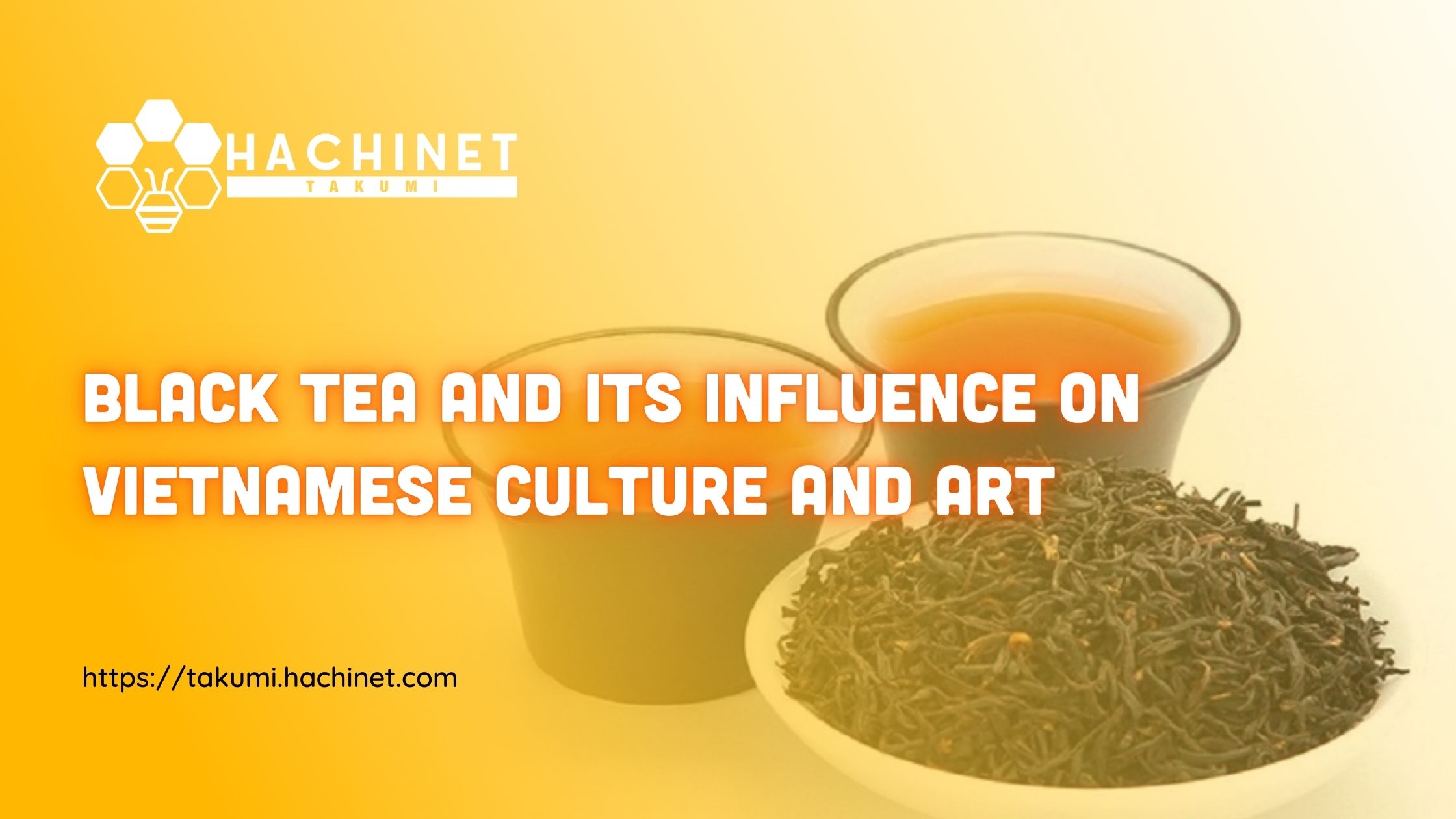
Black Tea and Its Influence on Vietnamese Culture and Art
Black tea is not just a beverage but an integral part of Vietnamese culture and a profound source of artistic inspiration. This article explores the deep impact of black tea on Vietnamese culture and art, from traditional rituals to artistic expressions.
read more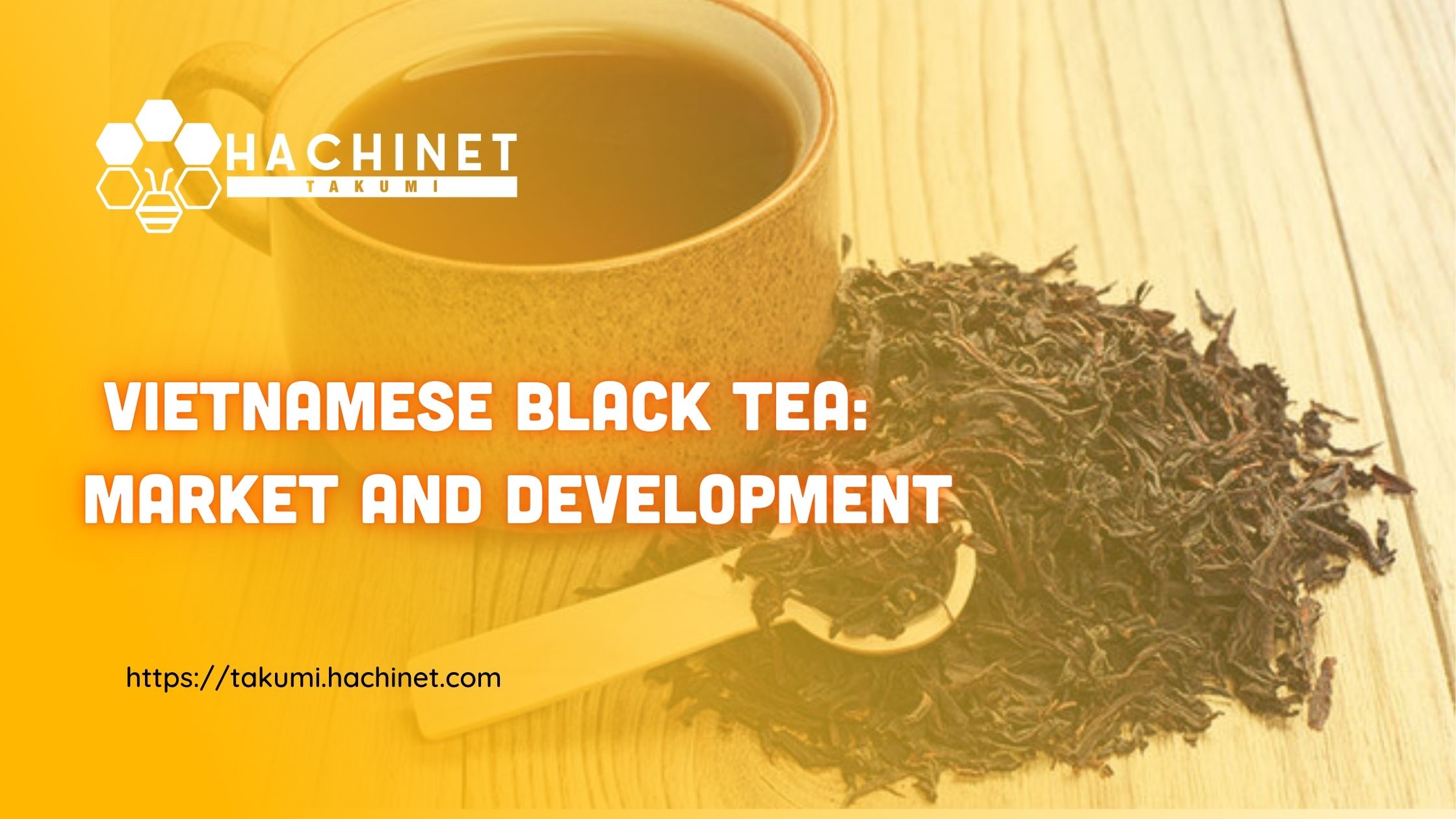
Vietnamese Black Tea: Market and Development
Vietnamese black tea has gradually asserted its position in the international market thanks to investments in product quality and stringent production standards. Particularly, markets in Japan, the United States, and Europe are increasingly welcoming Vietnamese black tea with rising consumption rates.
read more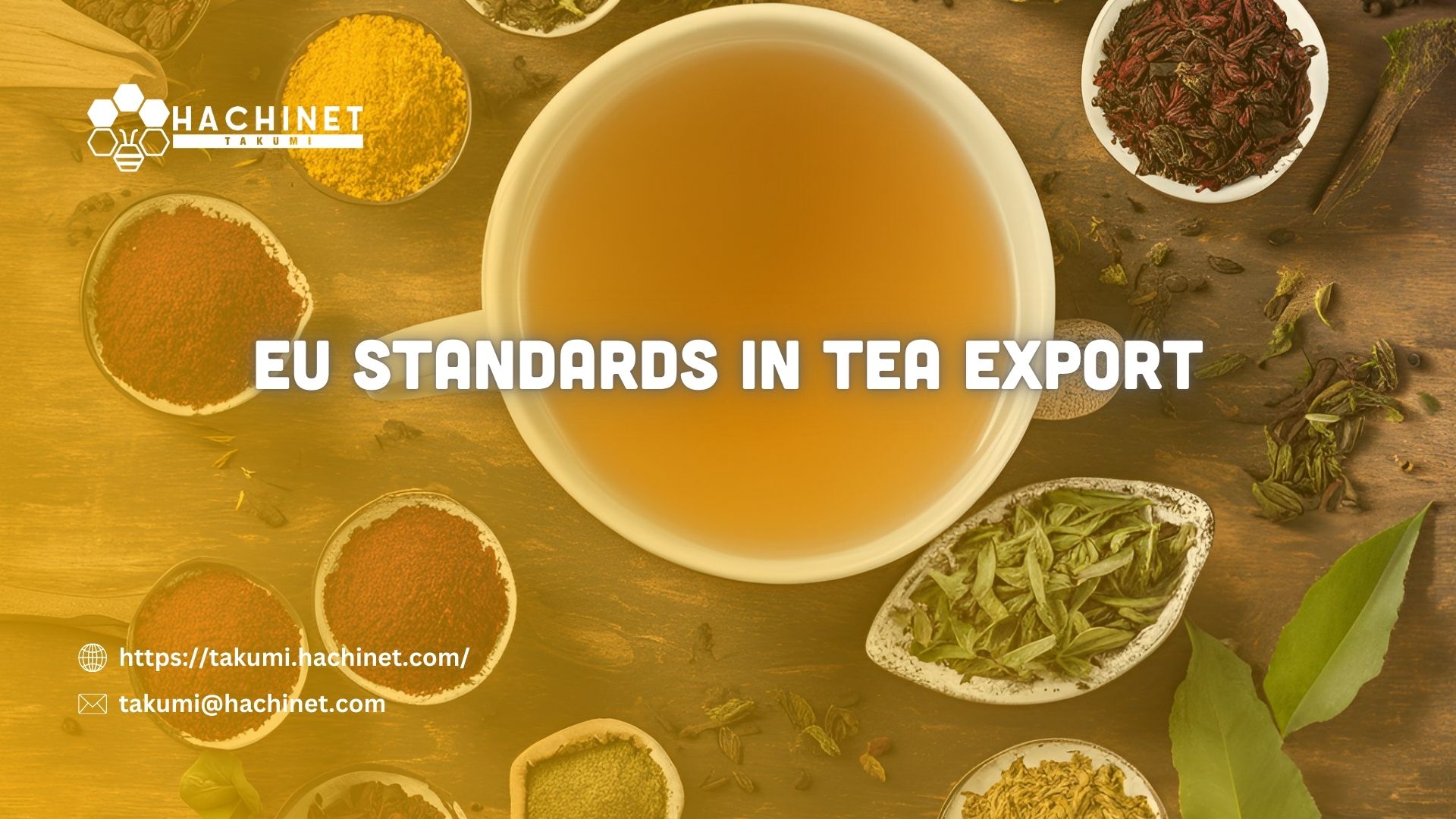
EU standards in tea export
Exporting tea to the EU opens up great opportunities for businesses, but also requires strict compliance with quality and food safety standards. Businesses need to pay attention to key points to meet EU requirements.
read more
Hachinet Takumi: Your Partner for Quality Imports
In a global economy, finding reliable trade partners is tough. Hachinet Takumi, a young company, has quickly made its mark in the import-export market. With a committed team, they offer importers financial benefits, save time, ensure product quality, and simplify compliance.
read more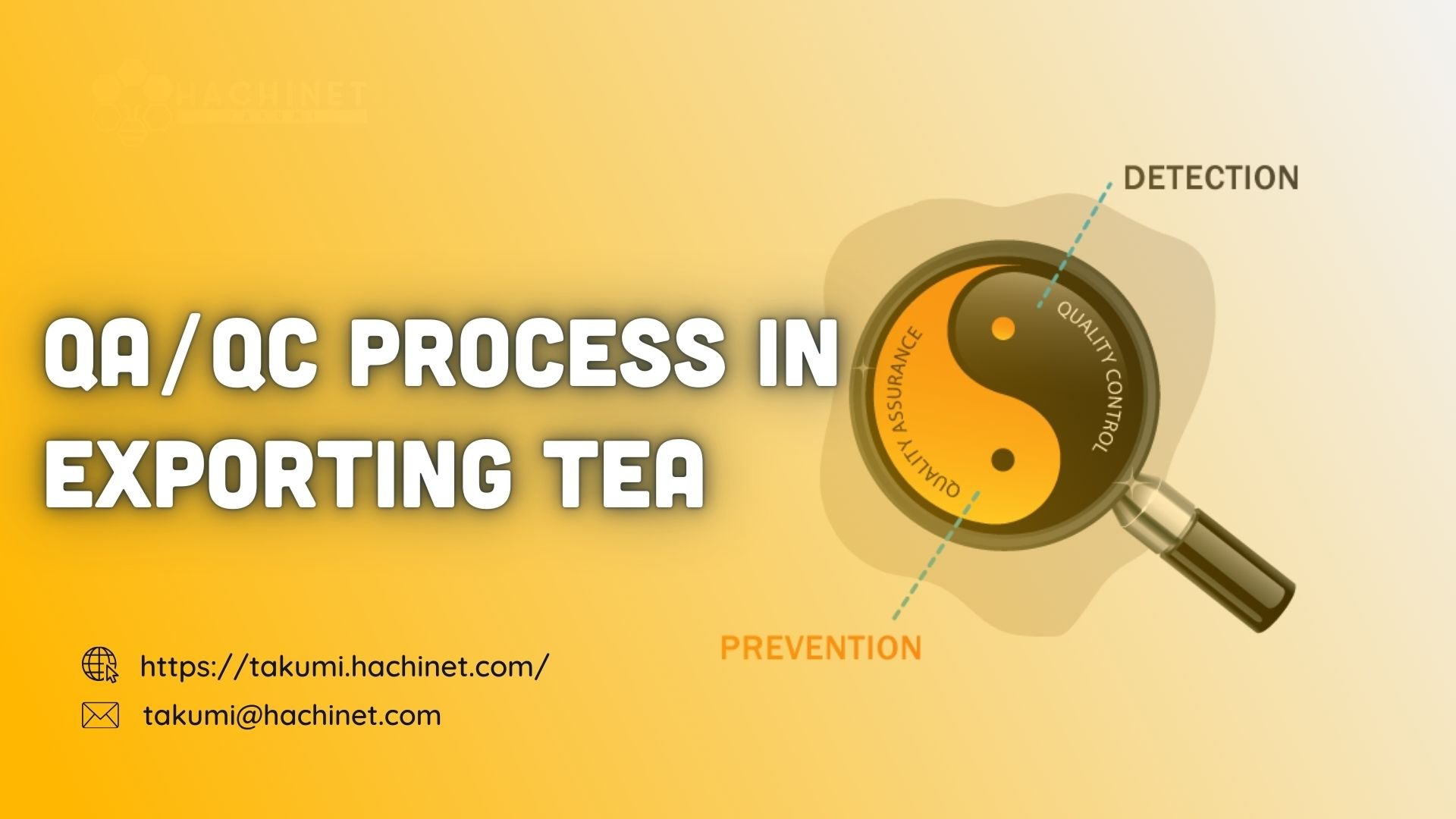
Details of QA/QC Process at Hachinet Takumi
To ensure the quality of exported tea meets international standards, the QA/QC process must be strictly implemented from purchasing to final inspection. This article covers purchasing tea, managing pesticides, ensuring raw materials are residue-free, and Hachinet Takumi's role in maintaining product quality for customers.
read more
Delve into Vietnamese tea: Uncover tasty brews and export prospects.
Vietnam has long been famous for its sprawling green tea hills, where delicious and quintessential teas are produced. Each type of tea has its own unique flavor, conquering the tastes of both domestic and international visitors. This article will guide you to discover the best types of tea in Vietnam, learn about the unique flavors, production techniques and export potential of each type.
read more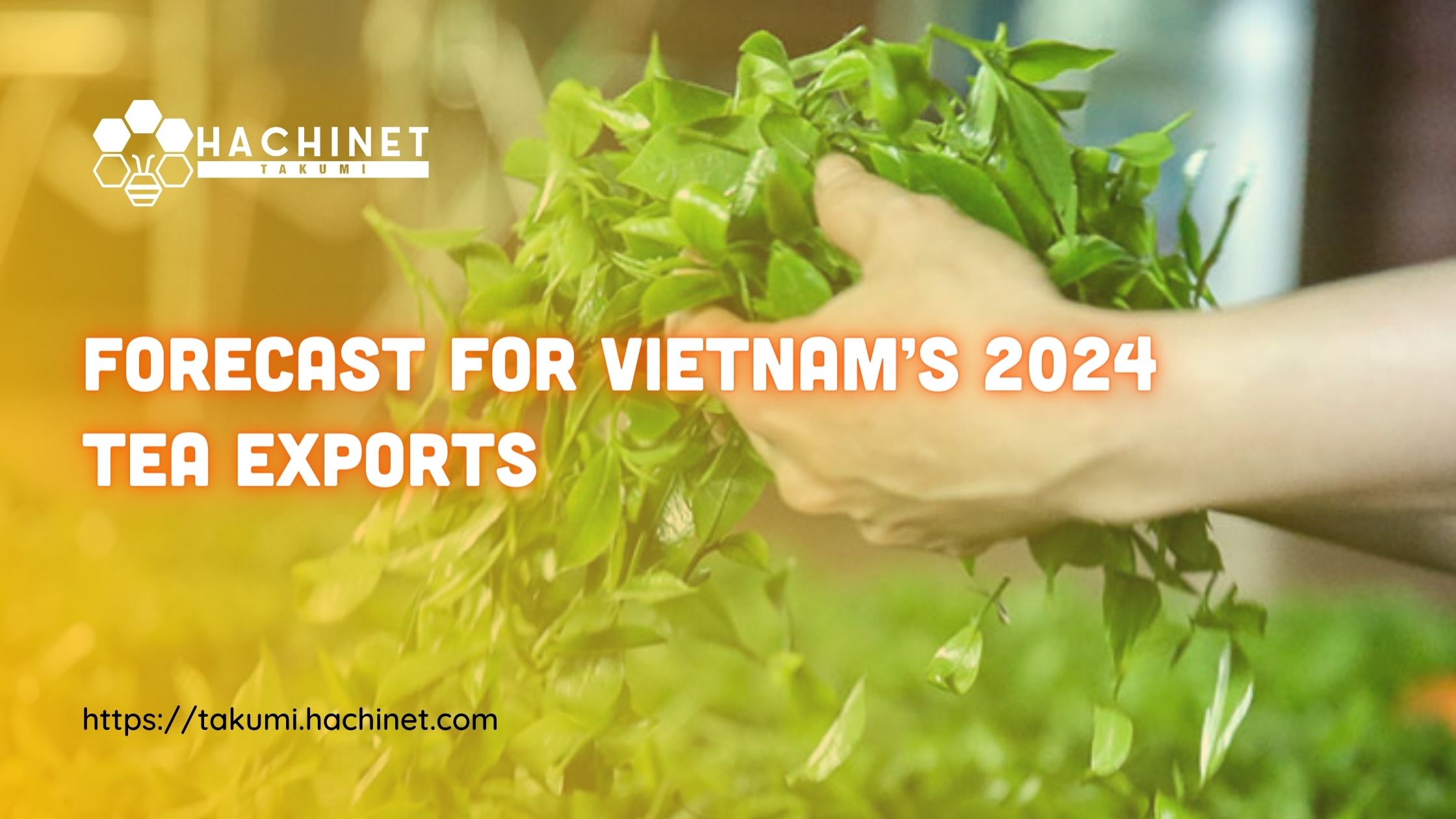
Forecast for Vietnam’s 2024 Tea Exports
According to data from the General Department of Customs, tea exports in 2023 were estimated to reach 121,000 tons, valued at $211 million. This marked a decrease of 16.9% in volume and 10.9% in value compared to 2022. Specifically, in the fourth quarter of 2023, tea exports were estimated at 39,300 tons, valued at $70 million, an increase of 16.7% in volume and 18.1% in value compared to the third quarter of 2023.
read more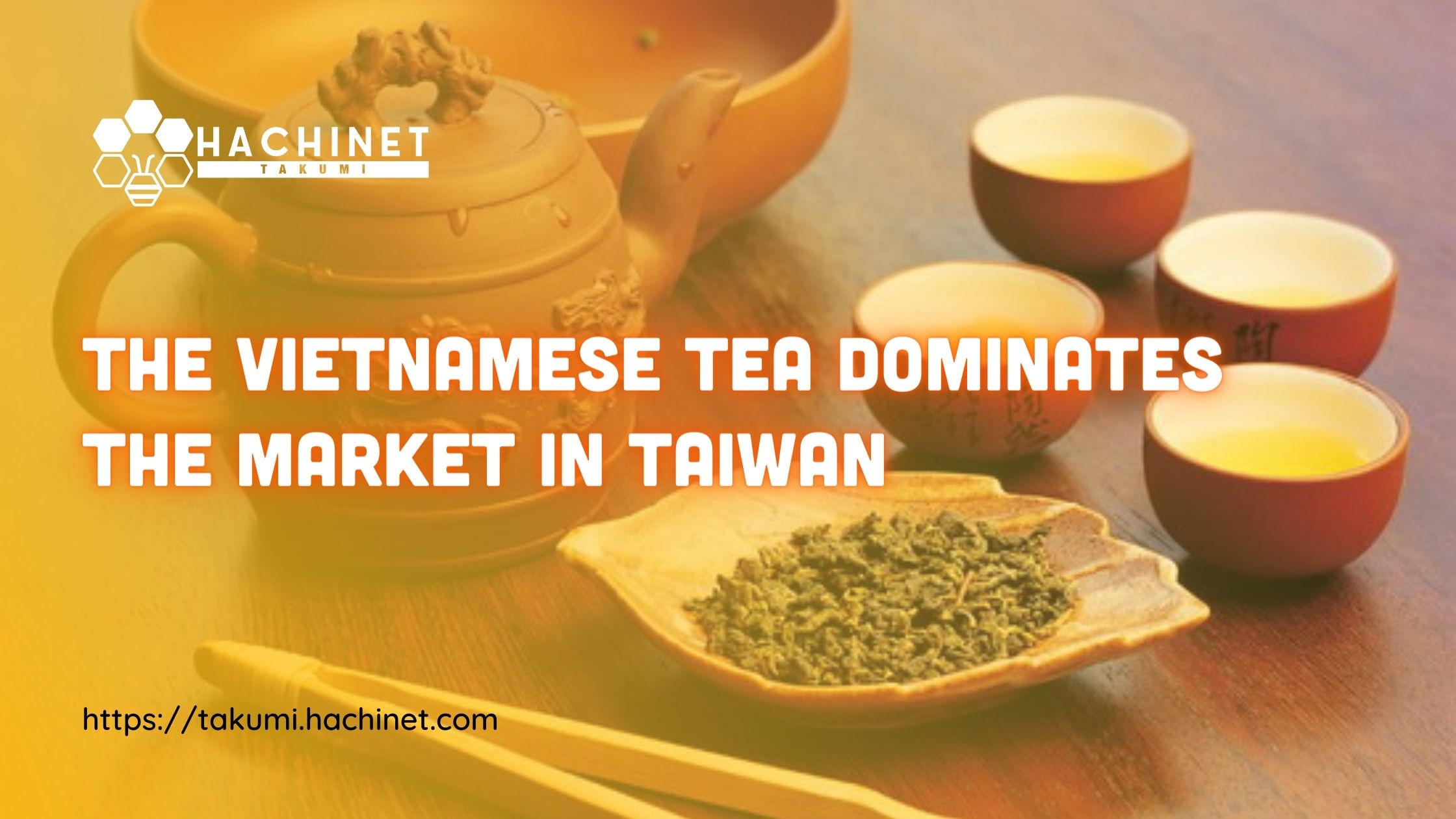
The Vietnamese tea dominates the market in Taiwan
Vietnamese exported tea accounts for over 50% of Taiwan's total tea imports, but it is primarily used in food processing that incorporates tea, such as bubble tea. Tea for daily consumption or as gifts constitutes a very small proportion. Vietnamese tea holds over 50% of Taiwan's total tea imports.
read more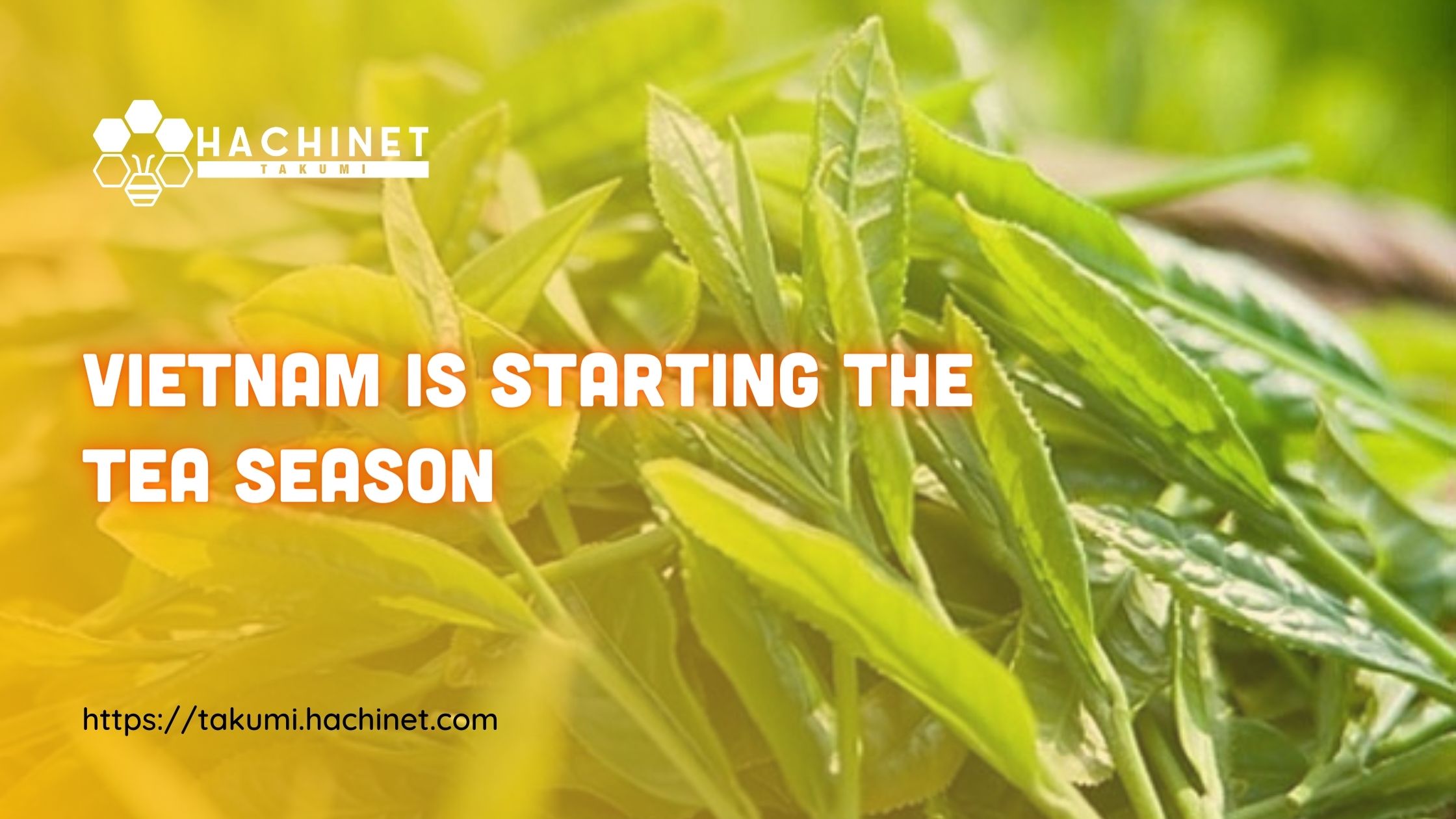
Vietnam is starting the tea season
At the end of May is the time when the lush green tea hills of Van Chan are ready for the harvest season. To ensure productivity and quality of fresh tea buds, besides the local authorities mobilizing people to concentrate on harvesting, businesses and traders also focus on purchasing from local residents.
read more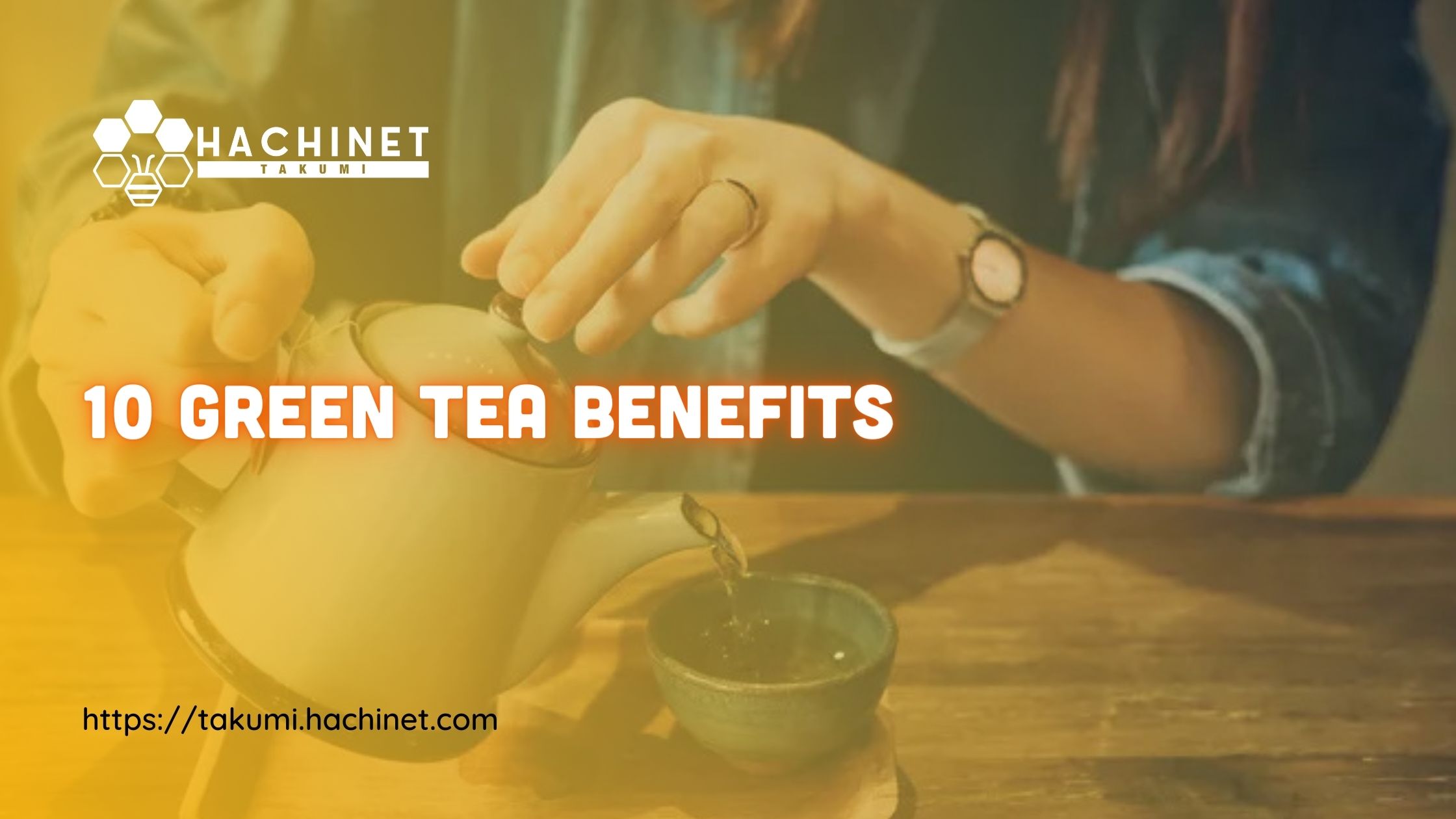
10 Green Tea Benefits
Green tea, a source of antioxidants and caffeine, has several possible benefits. Research has found that the health benefits of green tea may include alleviating anxiety and stress, enhancing memory, and reducing high blood pressure and cholesterol.
read more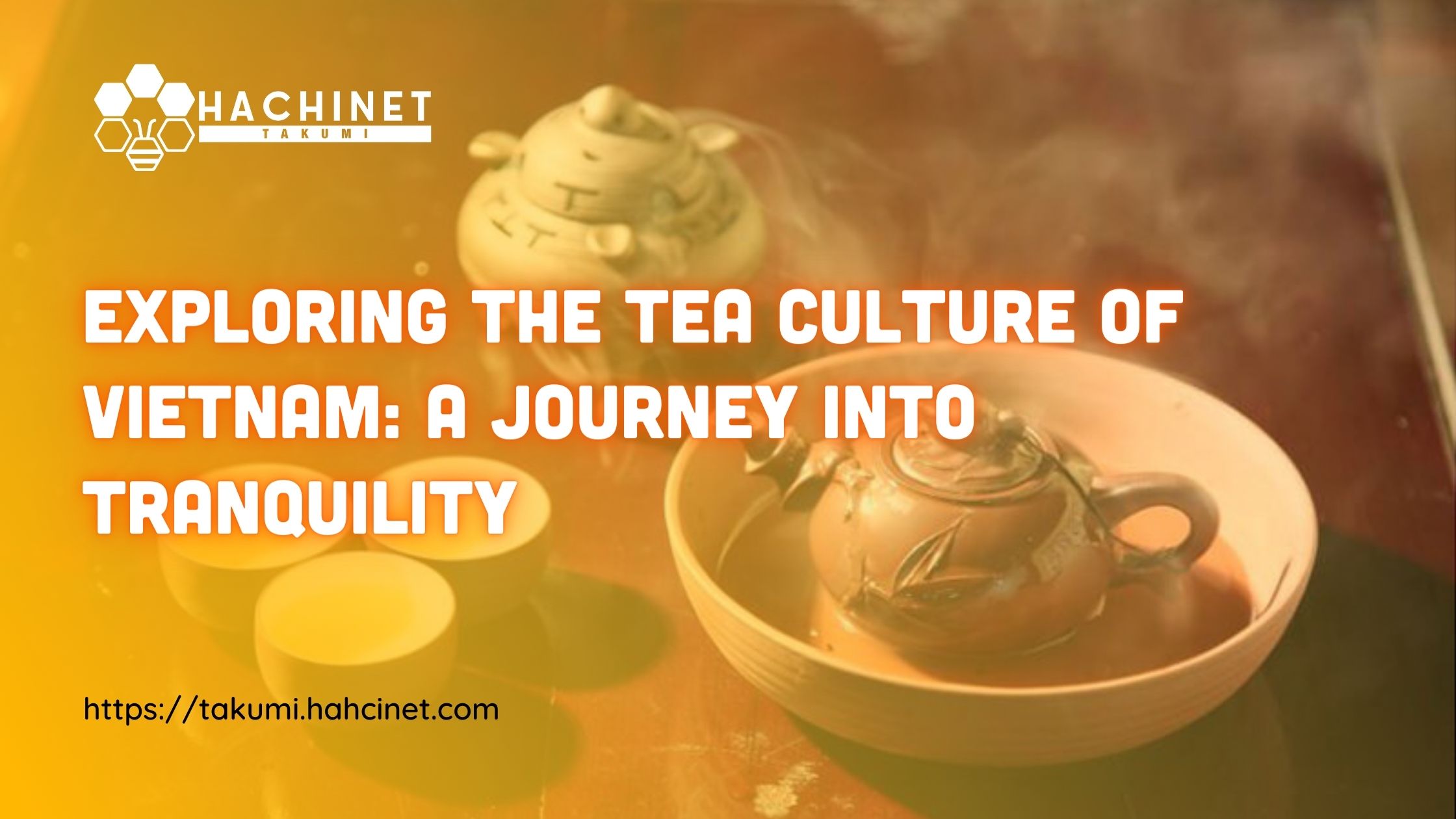
Exploring the Tea Culture of Vietnam: A Journey into Tranquility
Vietnam, known for its bustling cities, vibrant culture, and delicious cuisine, also holds a deeply-rooted tea culture that spans centuries. From the serene highlands of the north to the lush Mekong Delta in the south, tea plays a significant role in Vietnamese daily life, social gatherings, and traditions. Let's take a journey into the world of Vietnamese tea culture, exploring its history, varieties, rituals, and significance.
read more